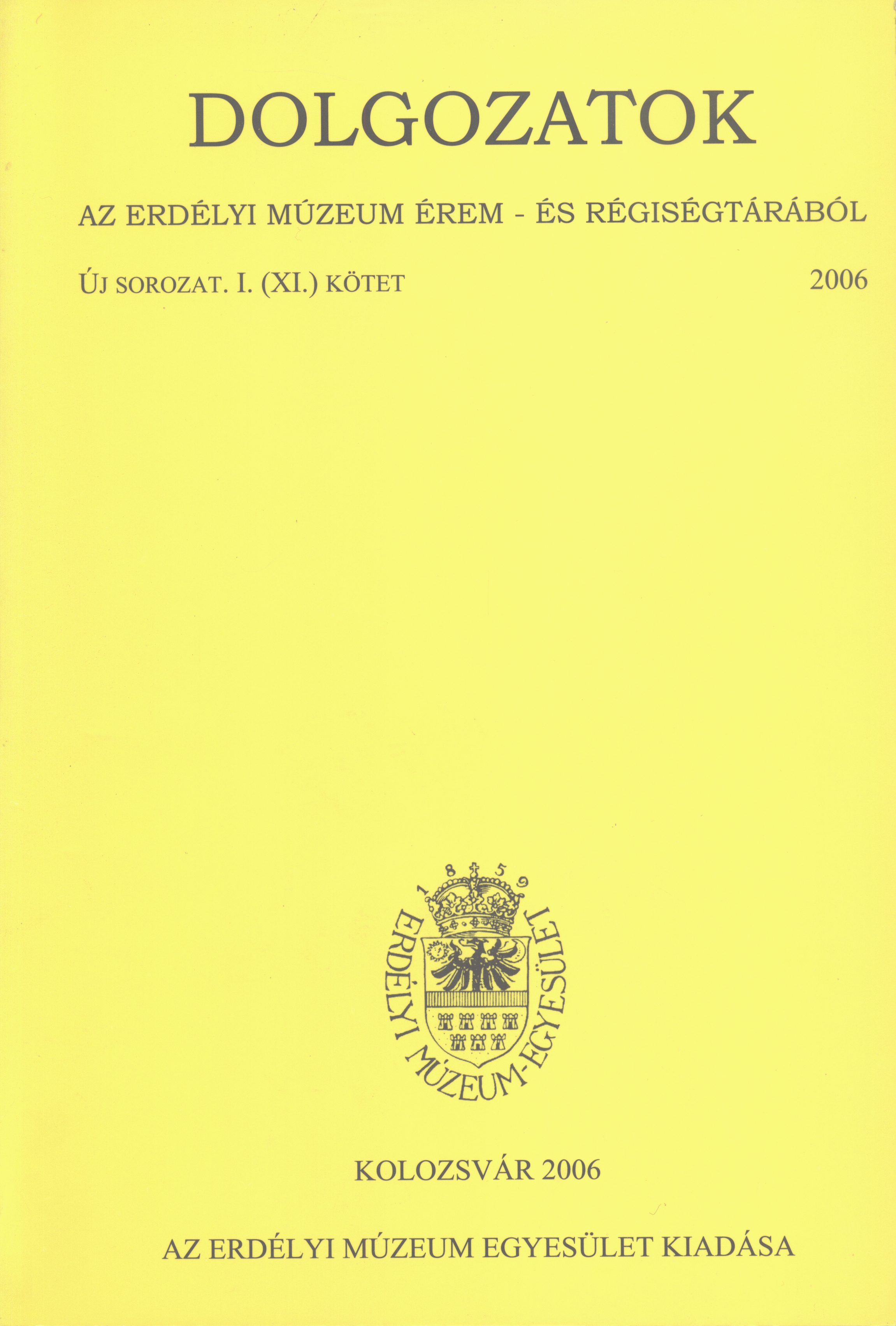
We kindly inform you that, as long as the subject affiliation of our 300.000+ articles is in progress, you might get unsufficient or no results on your third level or second level search. In this case, please broaden your search criteria.

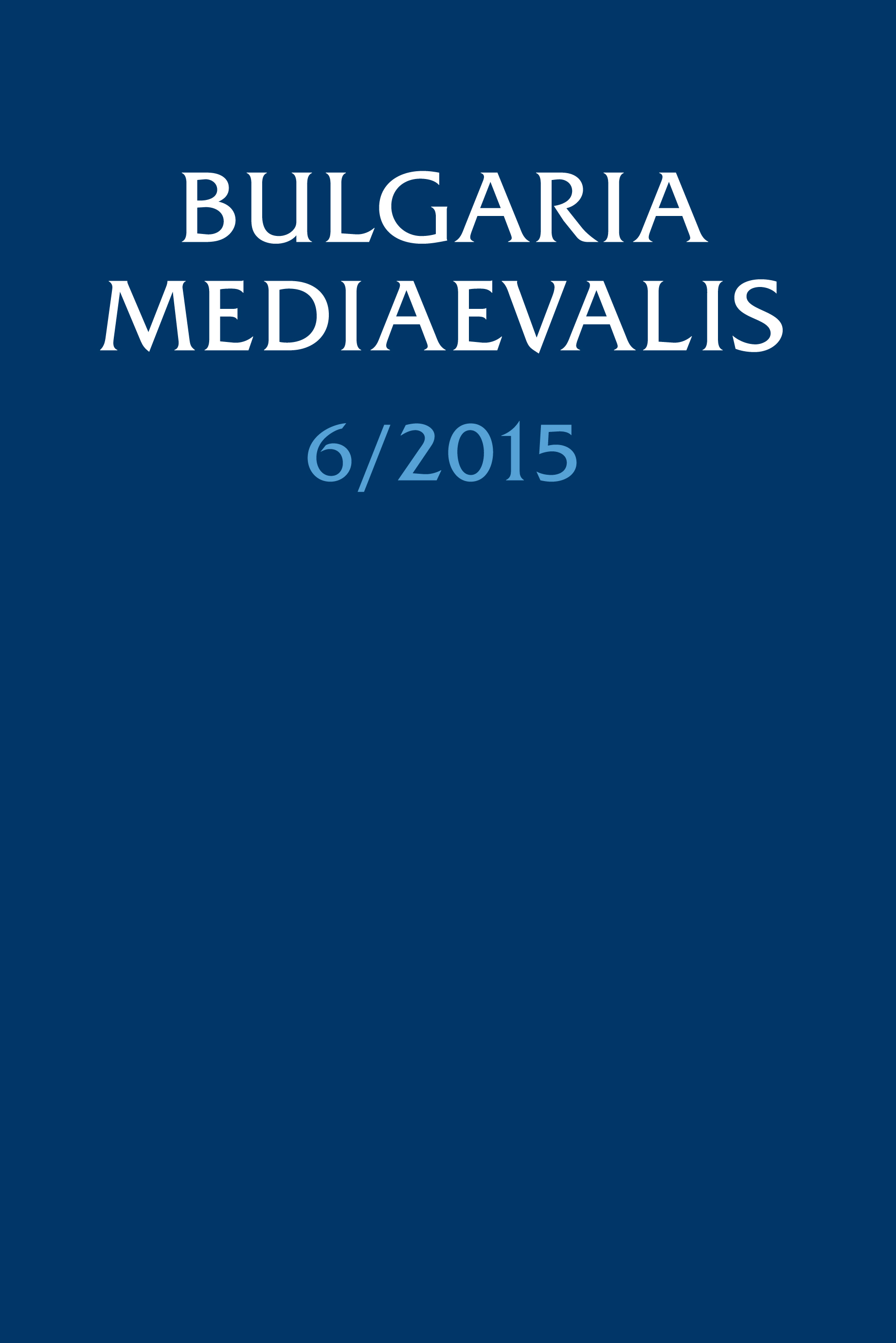
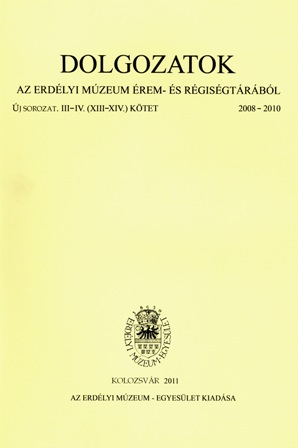
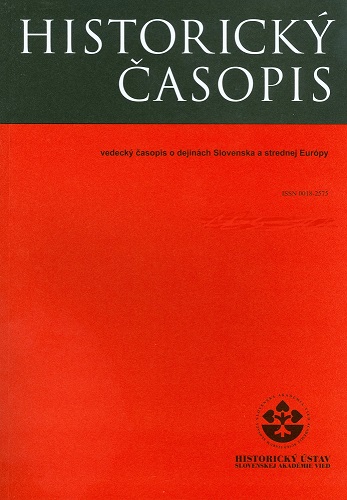
The review of: - JEDNO SLUNCE NA NEBI, JEDEN VLÁDCE NA ZEMI . Legitimita moci ve světě 14. století. Eds. Ondřej Beránek, Pavlína Cermanová, Jakub Hrubý. Praha: Academia, 2017, 823 s. ISBN 9788020027382. - TIHÁNYIOVÁ, Monika. BUBEKOVCI Z PLEŠIVCA. Úspechy a pády jedného rodu v politike a umení. Rožňava: o.z. Georgius Bubek, 2017, 151 s. ISBN 9788097288808. - ORSÁG, Petr. MEZI REALITOU, PROPAGANDOU A MÝTY. Československá exilová média v západní Evropě v letech 1968–1989. Praha: Nakladatelství Lidové noviny, 2016, 362 s. ISBN 9788074224270. - KAMENICKÝ, Miroslav – SZÖGI, László. ŠTUDENTI Z BRATISLAVSKEJ STOLICE NA ZAHRANIČNÝCH UNIVERZITÁCH A VYSOKÝCH ŠKOLÁCH DO ROKU 1918. Bratislava: Post Scriptum, 2017, 473 s. ISBN 9788089567805.
More...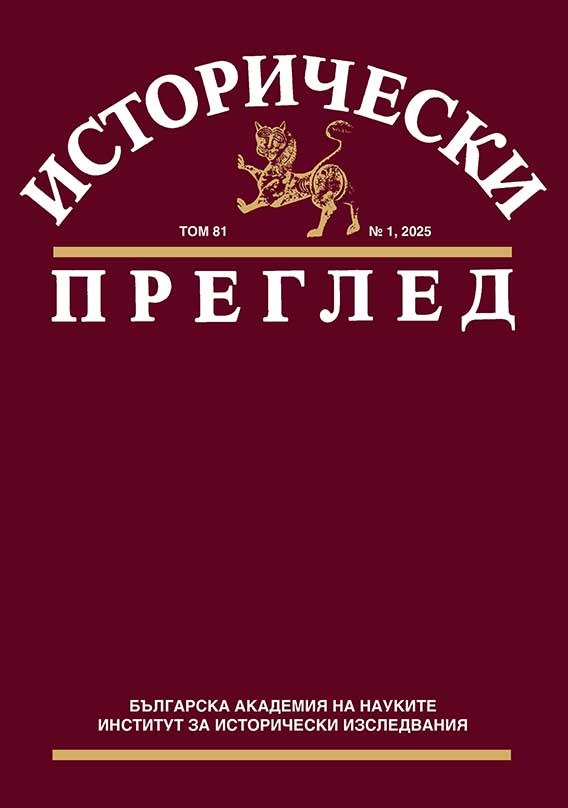
Weather conditions directly influenced human activities, and it is no surprise that even in the Middle Ages, climate variability led people to seek explanations for various weather phenomena. During this pre-industrial period, agrarian societies were highly dependent on natural resources. The geographical environment, along with natural and climatic conditions, shaped the primary occupation of medieval people: agriculture. Meteorological descriptions were often influenced by sociocultural factors, incorporating both theological interpretations and observations of the natural world. Weather forecasting relied on interpreting signs, such as unusual natural phenomena, which required explanation. The interest in climate and environmental changes was closely linked to agricultural activity and the need for sustenance. Evidence of this is found in Byzantine narratives, hagiographies, hexameters, oratorical prose, and even apocryphal literature. These texts reflect the daily life of medieval people, their fears for the harvest, and their perceptions of climatic conditions. The medieval period reveals a climate perception with minimal abstraction, where daily life was governed by the rhythm of the seasons, natural conditions, beliefs, and the drive to understand the surrounding environment.
More...
Various texts have been used as sources of information about the economy in medieval Bulgaria, yet marginal notes in manuscripts have largely been overlooked by researchers. The main reason is the scarcity of economic data contained in these annotations. Only a few marginal notes, dating from the 12th to the 15th centuries, offer insights into economic matters. These notes confirm the essential role of bread and grain in the sustenance of medieval society. They also provide rare evidence of rabbit and poultry farming in the Bulgarian lands, a topic scarcely mentioned in other sources. When compared with other materials, such as charters issued by Bulgarian rulers, works by Western authors, and later Ottoman documents regarding market and port fees, these brief annotations contribute valuable details that enrich our understanding of the medieval Bulgarian economy.
More...
The Republic of Venice received numerous privileges from the Byzantine emperors through chrysobulls issued to them. These official documents were signed by nearly every ruler of the Eastern Roman Empire from the tenth to the fifteenth century. This model of diplomacy and trade regulation was maintained despite significant changes during the Latin Empire and later in Palaeologan Byzantium. The practice was subsequently adopted by the rulers of the Slavic states in the Balkans and later by the Ottomans, who inherited Byzantine traditions. This research examines the commercial clauses within the chrysobulls, supplemented by information from other narrative and documentary sources, to outline the trade relations between Venice and Byzantium. The study traces changes in trade regulations and the types of goods exchanged during three main periods: Komnenian Byzantium, the Latin Empire, and Palaeologan Byzantium, concluding with the fall of the Empire in 1453.
More...
This article focuses on the provisions in the medieval town statutes of the Dalmatia and Istria region that regulate the trade of bread and grain. These provisions are divided into two main groups: the first addresses the production, import, and export of grain, while the second pertains to the activities of millers and bakers responsible for the production and sale of bread. Both categories share common features, including an authorization regime, heightened control over compliance with regulations through the work of dedicated boards, supervision of weights and measures, price fixing, determination of applicable taxes and charges, and penalties for violations. An analysis of these regulations highlights the critical role of the bread and grain trade for the towns along the Adriatic coast during the Middle Ages.
More...
The study raises the question of the increasing penetration in Bulgaria and the neighbouring countries (mostly Byzantium and Serbia) of feudal relations of Western type during the 13th–14th centuries. Nobility with a corresponding hierarchy also emerged, which was different from the official hierarchy typical of the Byzantine legal system. These structures in the three countries were quite similar, but they also had certain distinctive features. Thus, in the Byzantine Empire, the late aristocracy comprised first and foremost the members of the imperial family, followed by the senior magnates (‚megistani‘, μεγιστάνες) descending from the most prominent families in the empire. Further down was the large and motley stratum of the so-called „archons“ (άρχοντες) and the holders of military „pronias“ (πρόνοια), called „stratiotes“ (στρατιώτες). In Serbia there was a similar hierarchy, where immediately below the ruling family were the „major and minor lords“, who until the middle of the 13th c. were called „boyars“ under Bulgarian influence. The most numerous stratum of the Serbian medieval aristocracy were the „rulers“, also called „soldiers“. There was also a nobility hierarchy in the Bulgarian Kingdom, however, due to the historical vicissitudes, very few documents have survived. Previously it was known from them that the aristocracy in the 13th–14th centuries was divided into „major and minor boyars“. I now introduce the data from the most interesting letters of Tsar Ivan Shishman, found in manuscript No. 298 in the Library of the Romanian Academy of Sciences and written between 1393 and 1395. They make it clear that in Bulgaria there was also a large stratum of lower nobles, called „soldiers“ and vassals to the boyars. Comparisons with the feudal system in Western Europe and evidence from Serbian legal documents show that they were called upon by their direct suzerains and were required to report to the army under penalty of capital punishment and confiscation of their estates. Along with the documentary evidence that there was a noble stratum, the study gives examples of the penetration of Western European feudal practices and customs – castle building, knightly rituals, heraldry. Interestingly, after the Ottoman invasion, some of the nobility were drawn into the military corps (askeri tayfesinden) of the conquerors as Sipahis and the so-called cebe-voinutzi. On the other hand, in many European armies in the 15th–16th centuries, the so-called stradioti were highly valued – mercenaries originating from among the former Balkan nobility. Among them there were also Bulgarian nobles, such as those of the Soimirovichi family.
More...
During the 13th–15th centuries Obluchitsa-Isakcha was ruled by various states. It finaly fell under Ottoman rule in 1419/1420. A number of autors claim that the Danubian town was located on Bulgarian lands. The name “Obluchitsa” also testifies to his Bulgarian affiliation. It was preserved and used alongside the name “Isakcha” for a long time, wich is evident in many historical sources. In 1462 Bulgarians were the predominant Christian population inhabiting Obluchitsa-Isakcha. Although foreign invasions had a negative impact on the town's population, the Bulgarian ethnical presence remained strong among its diverse population in the 16th–17th centuries.
More...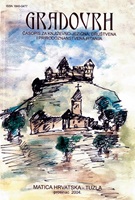
Srećko Matko Džaja, doktor povijesti, političke filozofije i slavenske filologije, izvanredno je značajan autor s područja historiografije a da bih se smio upustiti u kritičku raspravu i ocjenu ovog njegovog djela s izrazito stručnog stajališta. Ali ono što je osim ovoga također moguće to je politologijska procjena implikacija historiografskih stavova ovoga autora izraženih u ovome djelu. S takvim pristupom, doduše, njegov autor sigurno ne bi bio oduševljen ali, uvjeren sam, ne bi bio suviše niti protiv, pogotovu, ako bi to bilo korektno i minuciozno izvedeno s obzirom na utvrđene činjenice i njihove značenjske implikacije.
More...
Through this study, we tried to identify whether there is a clear or obvious causalrelationship between the cult of the female Auxiliary Saints in the Roman Church and the naming of noble or non-noble girls, at baptism, after the given name of these saints which were considered to be great protectors against magical or demonic attacks in the Middle Ages.
More...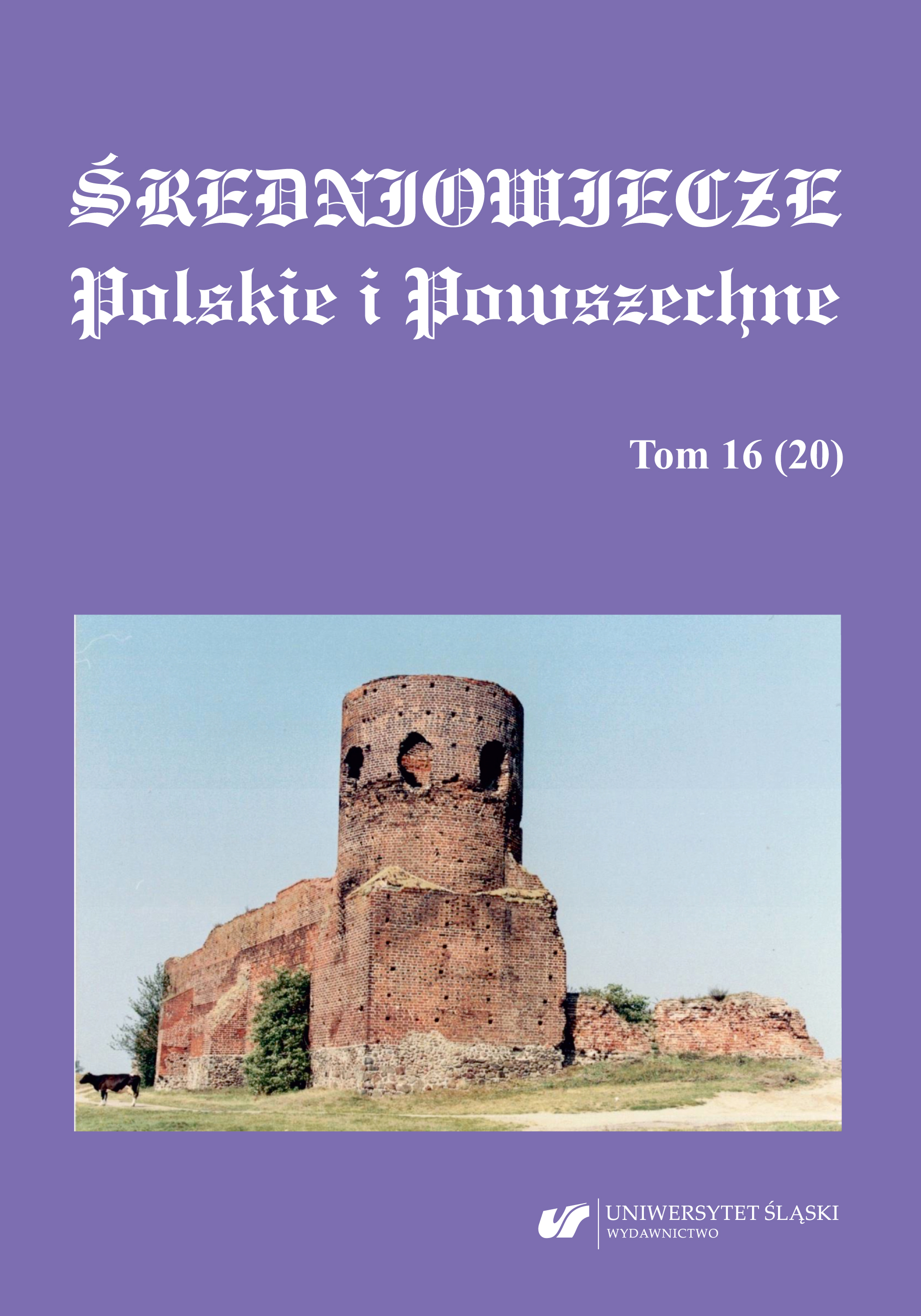
De institutione regii pueri is a pedagogical treatise from 1502/1503, which contains a wealth of ideas. Since medieval accents are not observed therein for the most part, the topic of the article is to indicate them. This goal is even more justified because some of them, such as recommendations for ruler’s Christian upbringing – in accordance with specific virtues, Augustine’s thinking about time, the topos of youth and old age and a cheerful face, the category of one’s own and foreign or the emphasis of some of the values cultivated in the Middle Ages, cardinal virtues, are very noticeable in the work. The turn of the eras, in turn, is indicated by a certainly unidentified author’s free combination of old and new beliefs, e.g. the influence of the Christian God and pagan deities as the causative forces in human actions on the fate of rulers. The analysis of the work requires emphasizing an obvious, although sometimes neglected, belief that some views, probably in a changed form, continued from antiquity to the Renaissance, although sometimes they were denied the right to function in the medieval reality.
More...
An extensive and polemical review concerns two books devoted to the main parish church of the Old Town in Prague. One of their features is Bohemocentrism. It is expressed in the perception of this church and its furnishings almost exclusively in the context of political and artistic phenomena taking place in the Bohemian Kingdom, and not in the context of the entire Crown of the Kingdom of Bohemia. This is all the more striking because this building actively participated in the political life of the capital of the state and as such came into coincidence with phenomena taking place in the second largest city of the Bohemian Crown – in Wrocław. The scholarly nature of both studies is also undermined by the peculiar patriotic tone stigmatized in the review, taken from the nineteenth- and twentieth-century publications, now anachronistic and certainly completely unnecessary.
More...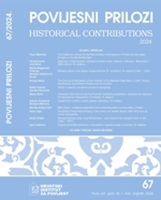
Review of: Trpimir Vedriš, Gábor Klaniczay, Dorottya Uhrin, ur., The Saints of Rome. Diffusion and Reception from Late Antiquity to the Early Modern Period, Zagreb: Hagiotheca; Leykam, 2022, 234 stranice
More...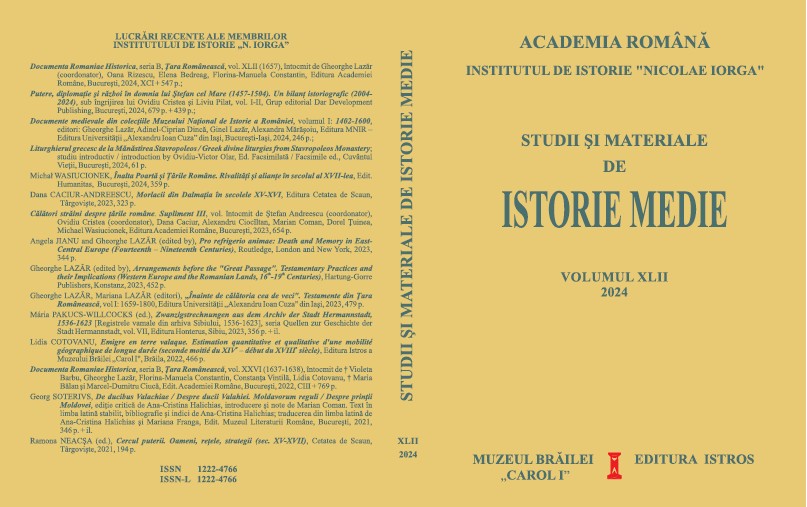
A „dossier” preserved in the Vatican Archives, entitled Regni et Regnum Poloniae in Valachorum, includes a selection of Polish sources related to the history of Moldavia and Wallachia. The collection drew on humanist authors, such as Kromer, Wapowski and Gorecki, and covered a significantly period of time. Most likely, the file was prepared by the Polish court for pope Clement VIII or for his close collaborator cardinal Cinzio Aldobrandini. The collage includes references to the origins of the Wallachians, to their language and customs, and to their history. As one would expect, special attention was paid to the historical relationship between Poland and Moldavia, from mid-fourteenth to mid-sixteenth century. To the same „dossier” was added a piece on the Roxolani, viewed as pertaining to the Slavic and Orthodox sphere. The purpose of this „dossier” was to provide potential readers with key-sources on Polish-Moldo-Wallachian shared history.
More...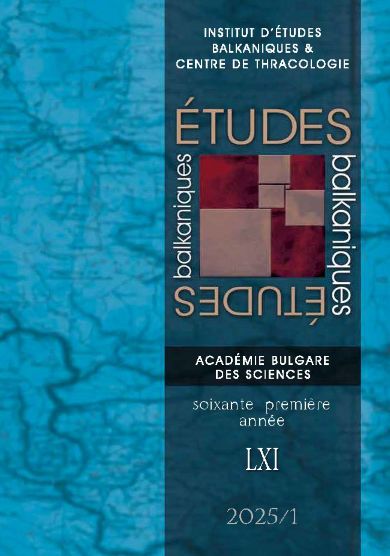
The commemoration of the Crusader / Crusading ruler and lord, whose image occupied a specific place in the collective memory of the Latin world had a particular privileged position in the celebration of the remembrance of the heroes and the “holy martyrs” of the Crusades. The physical remains of the slayed crusader heroes were often left on the battlefields in the East and were sometimes used as war trophies by their enemies. Their tragic deaths nourished the local folklore and satisfied people’s instinctive enthusiasm for gossip, rumors and bizarre legends. Back home their Christian sacrifice raised local community commemoration and recognition, family remembrance and domestic devotion. The Western European princes who led the armies of the Fourth Crusade and who perished in battles with Bulgarians, Cumans and Turks in the Balkans have worthily entered this centuries-old crusading tradition and soon became a legend, both in the West and in the East, thus laying the foundations of new “cults” of commemoration.
More...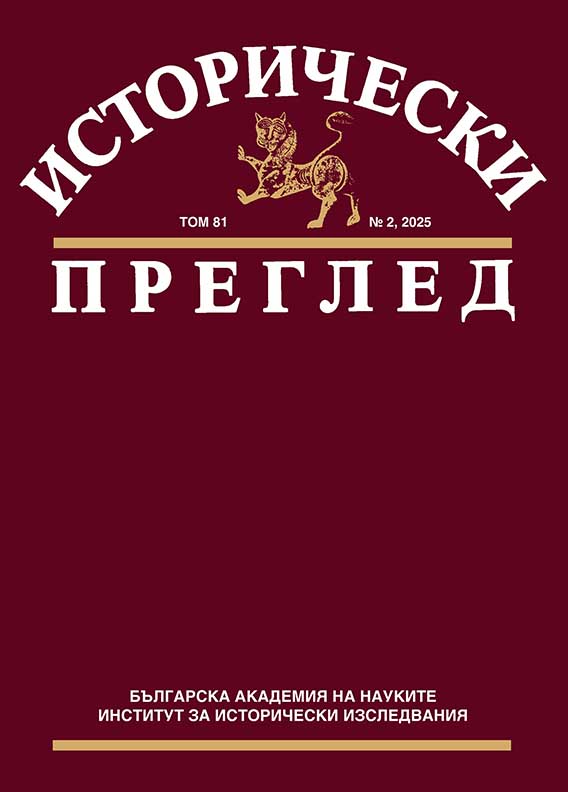
Review of: Georgi Vladimirov. The Bulgars of the Volga. Sofia: Bulgarian History, 2024
More...
In medieval Georgian fine art, images of supreme secular authorities—such as kings, queens, and feudal lords—hold a significant place alongside purely religious scenes. These figures, often depicted in their distinctive vestments and insignia, denote their social status. Frequently, they are shown alongside divine beings in symbolic compositions, which not only convey their spiritual salvation but also assert their divinely sanctioned power. The earliest examples of such stone sculptures in Georgian art date from the 5th to the 11th centuries. These depictions are commonly found on early medieval stone crosses, chancel barrier tiles, and church facades. This article examines the portrayal of secular authorities in medieval Georgian sculpture and their attributes, placing these depictions within a cross-cultural context that includes Byzantine, Armenian, and Iranian influences. By analyzing the images of secular authorities, their attributes, and accompanying inscriptions, the article illustrates the power of Georgian medieval rulers expressed through local regalia. It will also explore political orientation of the State and cultural influences between Georgia and its neighboring countries. The article will overview the information supported by historical sources. Additionally, the article discusses the placement of sculptural images of secular authorities on church facades and their artistic features. It assesses how artistic trends of the same period of Georgian sculpture— such as stylistic innovations, the continuation of local traditions, and influences from neighboring countries—affected these works.
More...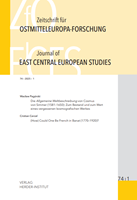
Review of: Pavel Krafl: Dějiny církevního práva v českých zemích ve středověku. [Geschichte des Kirchenrechts in den böhmischen Ländern im Mittelalter.] (Ius canonicum medii aevi, Bd. 3.) Středoevropské centrum slovanských studií. Olomouc 2022. 412 S. ISBN 978-80-86735-21-4.
More...